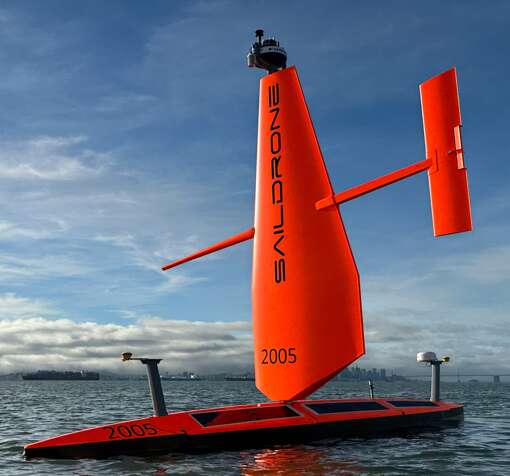
Processing Your Payment
Please do not leave this page until complete. This can take a few moments.
- News
-
Editions
-
- Lists
-
Viewpoints
-
Our Events
-
Event Info
- On the Road with Mainebiz in Bethel
- Health Care Forum 2025
- On The Road with Mainebiz in Greenville
- On The Road with Mainebiz in Waterville
- Small Business Forum 2025
- Outstanding Women in Business Reception 2025
- On The Road with Mainebiz in Bath
- 60 Ideas in 60 Minutes Portland 2025
- 40 Under 40 Awards Reception 2025
- On The Road with Mainebiz in Lewiston / Auburn
- 60 Ideas in 60 Minutes Bangor 2025
Award Honorees
- 2025 Business Leaders of the Year
- 2024 Women to Watch Honorees
- 2024 Business Leaders of the Year
- 2023 NextUp: 40 Under 40 Honorees
- 2023 Women to Watch Honorees
- 2023 Business Leaders of the Year
- 2022 NextUp: 40 Under 40 Honorees
- 2022 Women to Watch Honorees
- 2022 Business Leaders of the Year
-
-
Calendar
-
Biz Marketplace
- News
- Editions
- Lists
- Viewpoints
-
Our Events
Event Info
- View all Events
- On the Road with Mainebiz in Bethel
- Health Care Forum 2025
- On The Road with Mainebiz in Greenville
- On The Road with Mainebiz in Waterville
- Small Business Forum 2025
- + More
Award Honorees
- 2025 Business Leaders of the Year
- 2024 Women to Watch Honorees
- 2024 Business Leaders of the Year
- 2023 NextUp: 40 Under 40 Honorees
- 2023 Women to Watch Honorees
- 2023 Business Leaders of the Year
- + More
- 2022 NextUp: 40 Under 40 Honorees
- 2022 Women to Watch Honorees
- 2022 Business Leaders of the Year
- Nomination Forms
- Calendar
- Biz Marketplace
Fishermen urged to watch out for bright orange sailing drones in Gulf of Maine
Two unusual vessels will soon be on the move in the eastern Gulf of Maine as part of a federal mapping project.
The 33-foot-long, bright orange sailboats carry no crew — they're drones, called Saildrone Voyagers. They will be deployed from Aug. 28 to Oct. 18, according to the National Marine Fisheries Service, an agency within the National Oceanic and Atmospheric Administration.

The Voyager is one of three models made by Saildrone Inc., headquartered in Alameda, Calif. The company's website says the vehicles, ranging from 23 to 65 feet long, have sailed almost 1 million nautical miles and spent nearly 25,000 days at sea collecting ocean data for climate, mapping and maritime security applications.
The drones combine wind-powered propulsion and radar, cameras and solar-powered sensors to perform data collection missions even in the harshest ocean environments. The Fisheries Service and Saildrone are using the drones for research that includes high-resolution mapping along the seafloor in predetermined tracklines.
The craft will also conduct sound velocity profile casts, which measure the speed of sound in the water column during survey operations. The casts are taken throughout most of the water column, but don’t contact the seabed and are not expected to interfere with fishing gear or other structures on the seafloor, according to a news release.
“Fishing vessel operators who use fixed gears should avoid setting gear in areas planned for survey to help limit any risk of entanglement between the Saildrone Voyagers’ sound velocity profile casts and vertical lines,” the Fisheries Service and Saildrone said in a joint statement.

The survey will be conducted in a polygonal area whose northern side is off downeast Maine. But phase 1 of the survey will be focused on the southern portion of the survey area.
The two vehicles will be working in the same general section of the study area but could be 5 to 10 miles apart from each other. They operate at speeds between 2 mph and 5 mph, moving between a series of predetermined waypoints.
The drones will be under the constant supervision of a human pilot via satellite.










0 Comments